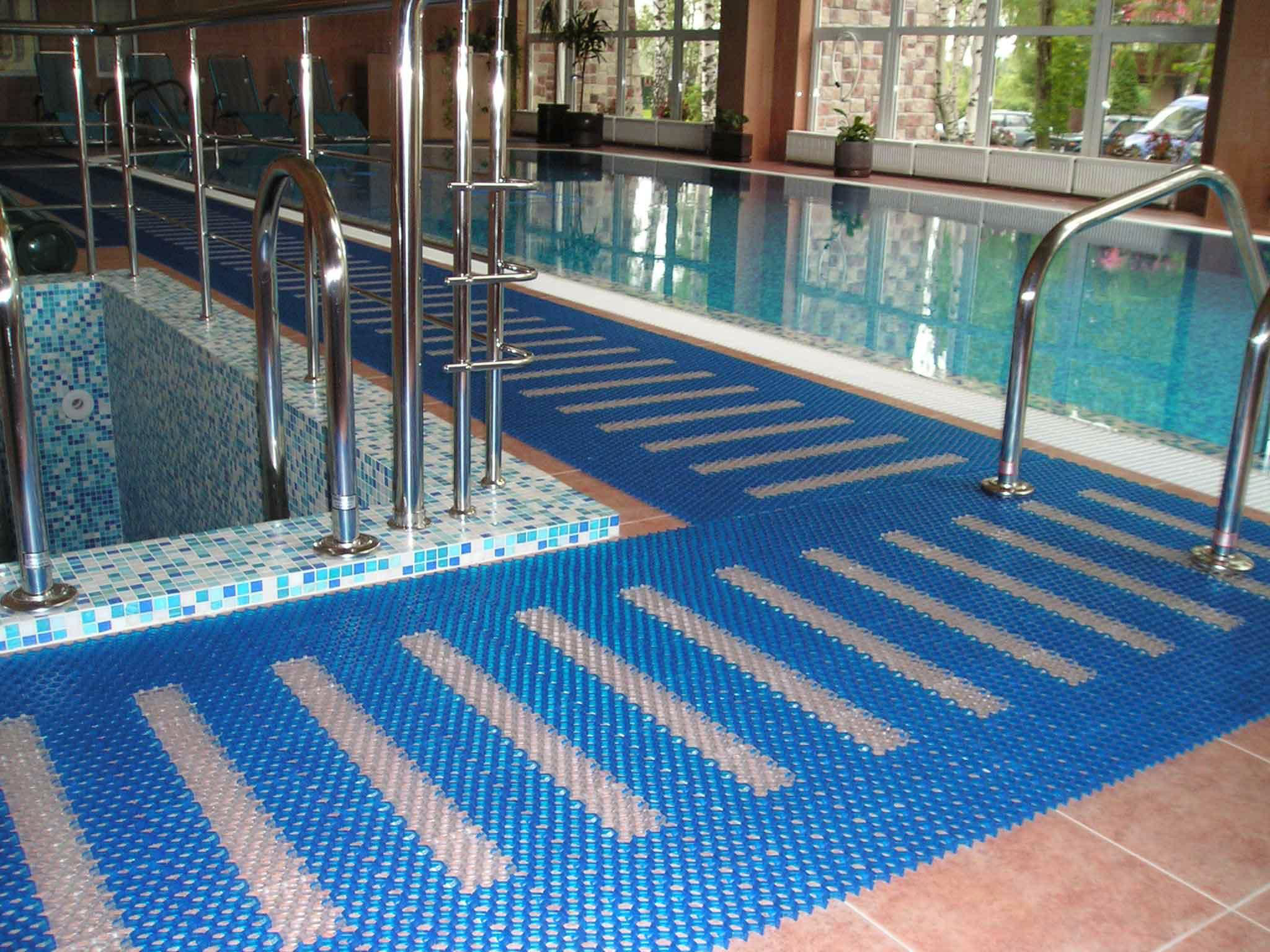Rating of the best hammers of 2022

Most often, when planning some kind of repair or repair work, people pay more attention to the quality of materials, but the choice of tools is made less carefully. The hammer is the tool that invariably comes in handy for all kinds of work. This is a universal tool that allows you to break, hammer, interrupt and align, and perform other operations. How to choose the best hammer, let's try to figure it out in this article.
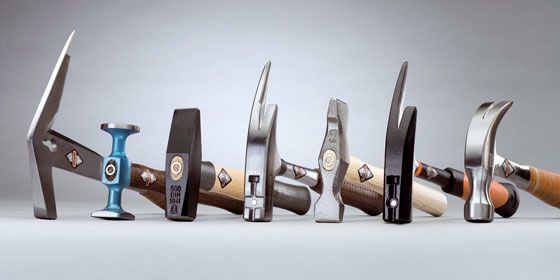
A good craftsman is obliged to distinguish a good and high-quality hammer from a fragile tool. Great importance is given to practicality and versatility. A cheap hammer is usually recommended only for driving nails into the surface, it is unlikely to be suitable for other operations.
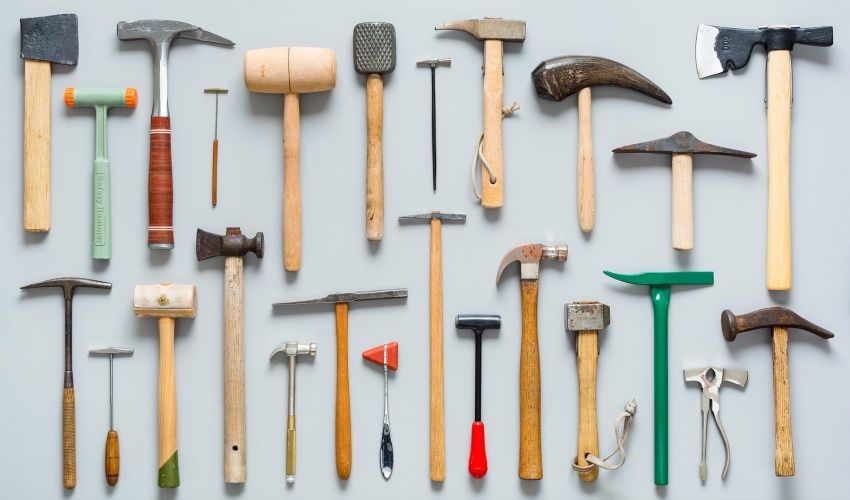
Content [Hide]
- 1 Detailed Hammer Analysis
- 2 Rating of the best hammers of 2022
- 2.1 Sledgehammer Steel 1.5 kg (44008)
- 2.2 Hammer Stanley Graphite Curve Claw 1-51-505
- 2.3 Hammer without rebound Stanley Soft Face Compocas 1-57-530
- 2.4 Hammer without rebound Stanley Soft Face Compocas 1-57-532
- 2.5 Hammer Stanley Bluestrike Curve Claw 1-51-488
- 2.6 Sledgehammer Stanley FatMax head weight 3628 g with vibration damping length 90 cm
- 2.7 Hammer Stanley Yellow Fiberglass Curve Claw 1-51-112
Detailed Hammer Analysis
In addition to the capabilities of the tool, it is important to pay attention to its design. The hammer is always made from two completely different parts - the striker and the handle. Most often, you can observe the striker - this is a certain form of a strong tip made of a cast alloy, which can include not only iron, but also steel, cast iron, and so on. The handle is most often made from a solid wooden base. This is necessary to suppress vibrations during strong impacts. If the hammer is made of a solid material, then during the blow, a strong kinetic force is transferred to the hands of a person. This causes severe pain.
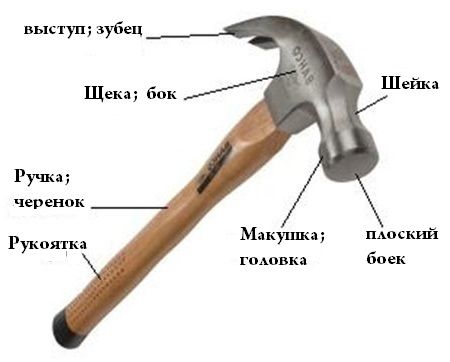
An attentive master can easily distinguish a primitive tool from a quality one. If the composition of the simplest option is limited to only two elements, then a really comfortable and good hammer, which improves work, has many more small parts.
The main shape rarely changes, only slightly deformed for a full and more comfortable use. First of all, let's take a look at the handle, which has been able to improve a little over several hundred years. The handle itself is conditionally divided into a handle and a small thickening closer to the striker, called the handle.
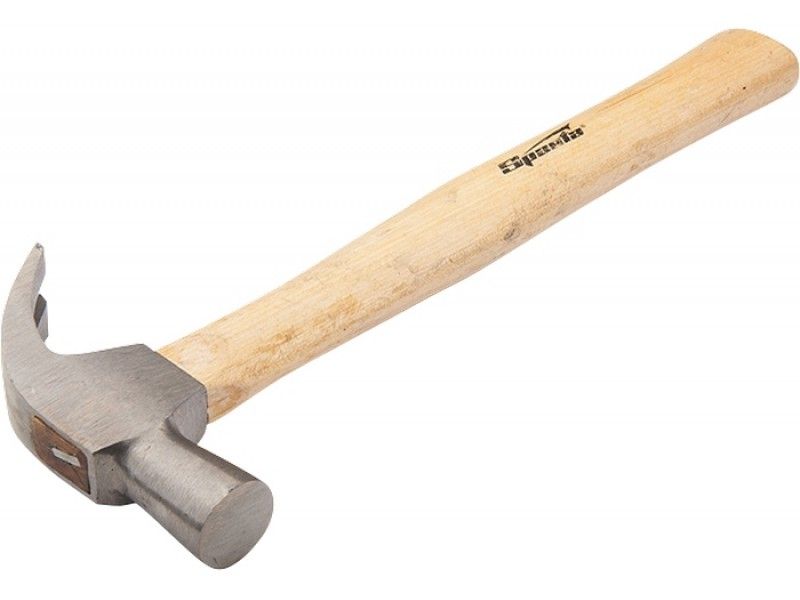
The handle is the main area for grasping the instrument with a hand, it should be as smooth as possible, but at the same time with small rubber inserts. This guarantees good durability and the impossibility of falling out of the tool from the palm of your hand. The stalk is a passive area that is able to absorb most of the received vibrations.Due to its own thickening closer to the striker, it transfers normal loads. It also ensures the safety of using the hammer in case of a miss or an unsuccessful hit. That is, with prolonged use, a person loses attentiveness, because of which he may not hit the target. The handle, due to the thickening, is able to take an unexpected blow without breaking the handle. The closer to the junction, the thicker the cutting will be. To make a quality handle, ash or hickory wood is often used.
With a striker, everything is a little more complicated. In the time that has passed since its appearance, it has changed quite a lot in appearance. Now this is not a primitive iron piece of steel with a rectangle base. Now its appearance is more suitable, both in functional and aesthetic form. Previously, it was symmetrical, and its two sides did not differ from each other. But now the design and geometric shape of the striker on the one hand can be different, the second side is the classic version
The second (non-classical) part of the hammer is called the protrusion, and is most often represented by a pair of teeth. These are two arched protrusions that run parallel to each other. Due to their own deformation, they are excellently used in pulling nails from surfaces. This also applies to other foreign objects. In this regard, it is important to understand the complexity of the work, since this part is able to endure far from the maximum load. Due to the fact that thickness had to be sacrificed due to functionality, this part loses significantly in strength to other areas of the striker.
The side parts are called the cheek, as they are repeatedly used for a variety of operations.In particular, the cheek can increase the impact area on wide targets. Because of this, the force of impact is slightly reduced, but the risk of missing is also reduced. Also, this part is slightly weaker in strength due to the structure of the cast head being built along the flat area. Also, the structure of the handle will not allow you to hit at full strength.
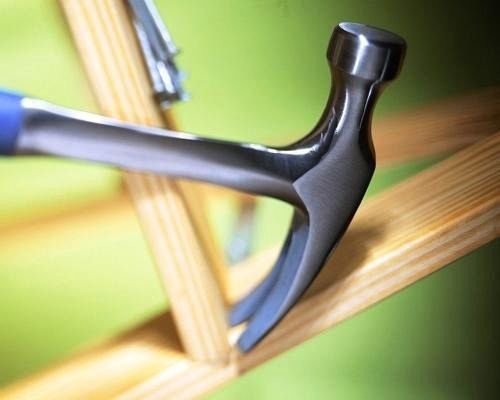
After the cheek there is a small seal, which is called the neck. This part has the strongest structure, as it takes on the main loads. After a strong impact, vibrations pass from the flat head to the neck, where this force quickly loses strength due to a sharp expansion. This helps a lot with constant work.
A small part of the hammer is created in front of the flat striker, which is called the crown. Its main role is to create the correct shape of the instrument in order to maintain its integrity. Its shape smoothly transitions from one area to another, and vice versa, so that the striker does not break into several pieces after the first powerful blow. It also makes it a little easier to create the right area on a flat head for precise hitting and maximum efficiency when working. Most people think that this part is not important, but it is not. In addition to all of the above, the top of the head allows you to perfectly slow down the pace of the blow if a miss occurs. That is, a tangential touch greatly reduces the inertial force, which is why the hammer does not receive significant damage when it misses.
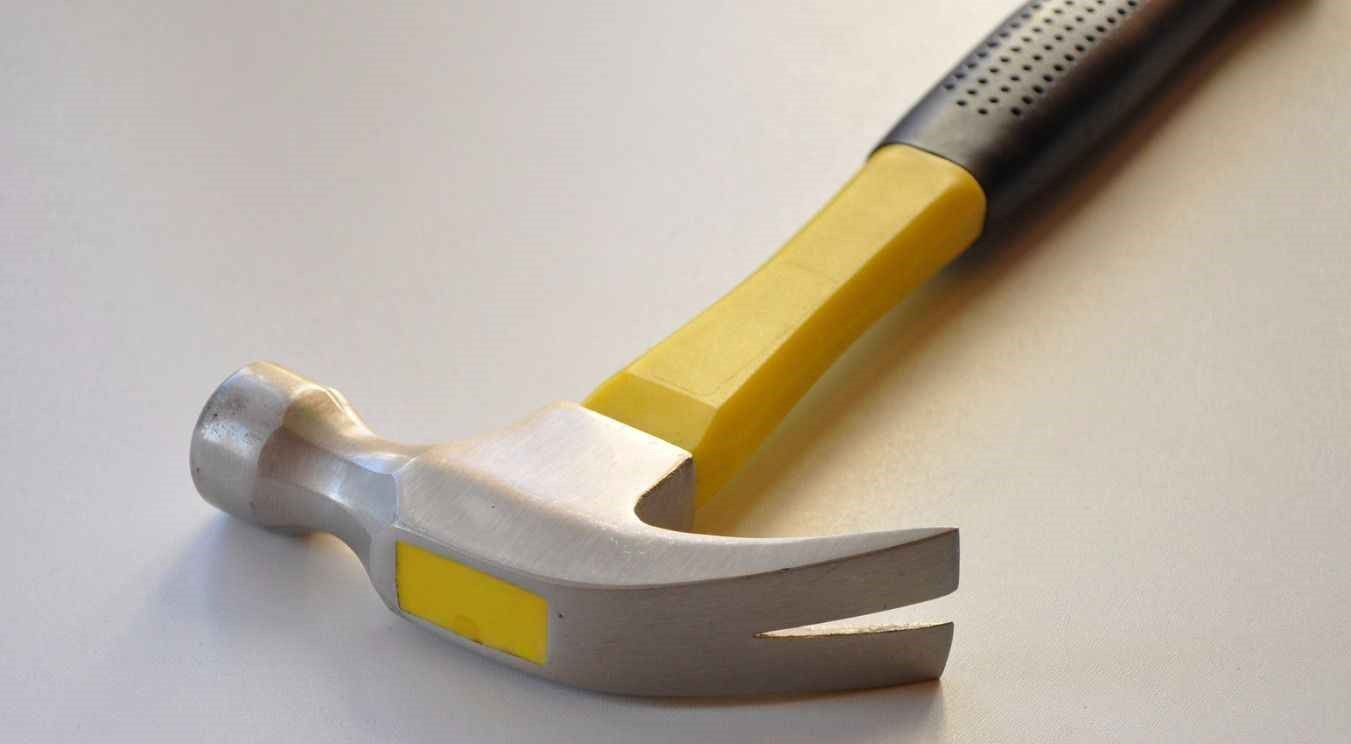
And the last thing that is really important to consider is the flat head. The flat area that bears the main force during strikes. It can be conditionally called the extension of the neck covered by the crown.During work, a constant interaction with other materials falls on its part. He focuses all the impact force on his area and transfers to a nail or other object that is hammered (knocked out), and also the first to transfer a negative reaction back to the striker.
To choose a simple hammer or a more functional one - each master decides, based on the planned work and the required functionality.
Rating of the best hammers of 2022
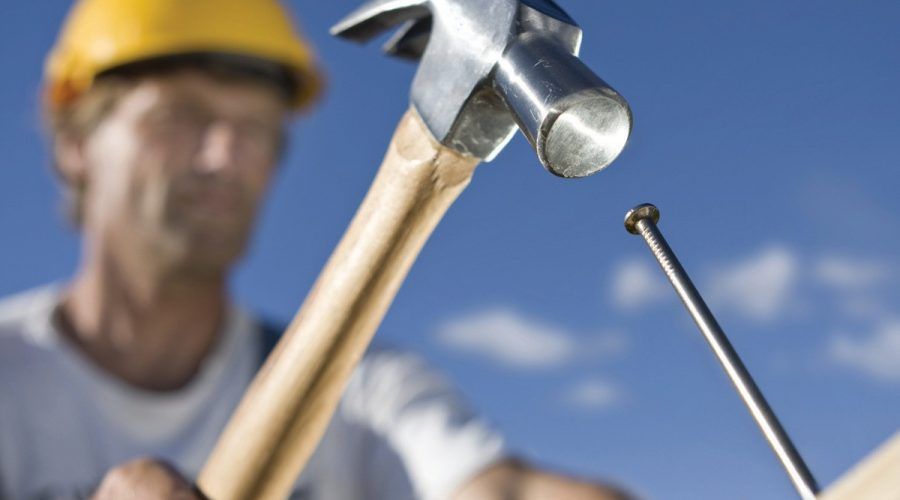
Despite the relative simplicity of the tool, there is an impressive number of different hammers on the market that are widely used by people in everyday life.
A high price does not always determine the quality or functionality of a hammer. A real master always knows what to look for in order to choose the right tool.
Sledgehammer Steel 1.5 kg (44008)
votes 0
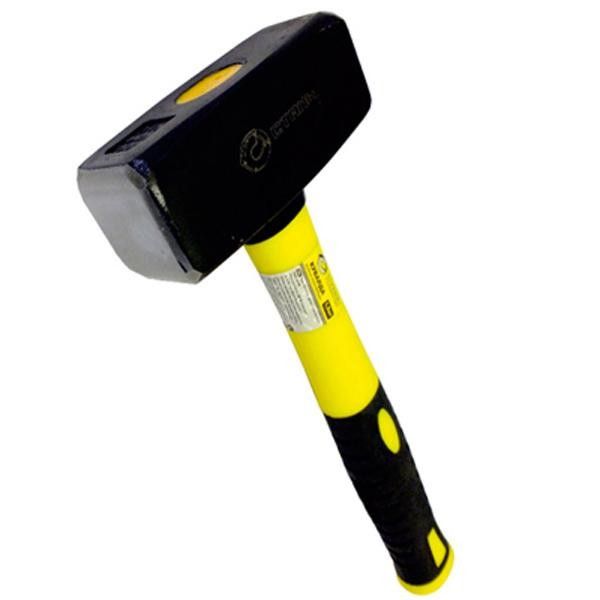
In the list of the best hammers, you need to insert one sledgehammer in order to approximately know what criteria such a tool should meet. Sledgehammer Steel 1.5 kg (44008) is a massive steel thing with a classic shape. The one and a half kilogram cast piece of steel perfectly drives any objects into the surface. Due to the well-chosen weight range, this device is much easier to operate with one hand.
In the Top, we decided to reflect the sledgehammer with a minimum weight to show that sometimes the presence of brute force (if you choose the 10-kilogram version) does not always provide the result. Due to the fact that this type is not heavy enough, an increased functionality of use appears, and at the same time its strength is not lost. There is an ergonomic handle design for a comfortable grip. This sledgehammer costs a little, as it represents the simplest type of tool, the price is only 900 rubles.A real master of this tool will be enough to do all sorts of work that involves the use of a hammer.
- Universal;
- cheap;
- Comfortable to hold.
- There is no vibration damping system;
- No magnetic nail holder.
Hammer Stanley Graphite Curve Claw 1-51-505
votes 0
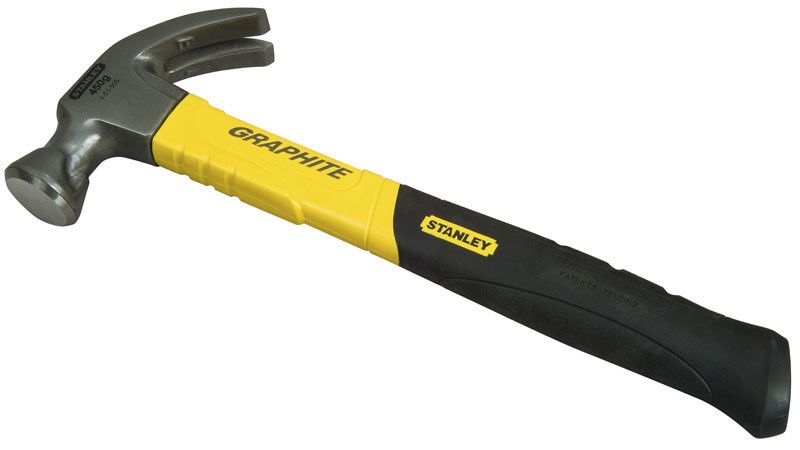
A great option for most modern people who are used to doing everything with their own hands. Made according to all modern standards, an easy and pragmatic option that can be used in all areas of activity. Carpenter's hammer, because of which its total weight does not reach 500 grams. The total length is 35 centimeters, which allows it to be considered compact. There is a vibration dampening system, which is why particularly strong shocks are not felt. One side of the striker has a pair of teeth, which allows you to get a nail or other object in case of accidental or erroneous blows. The average cost of the tool is 2700 rubles.
- dampens vibrations;
- Light;
- Has teeth.
- There is no magnetic holder;
- There is no handle ergonomics system.
Hammer without rebound Stanley Soft Face Compocas 1-57-530
votes 0
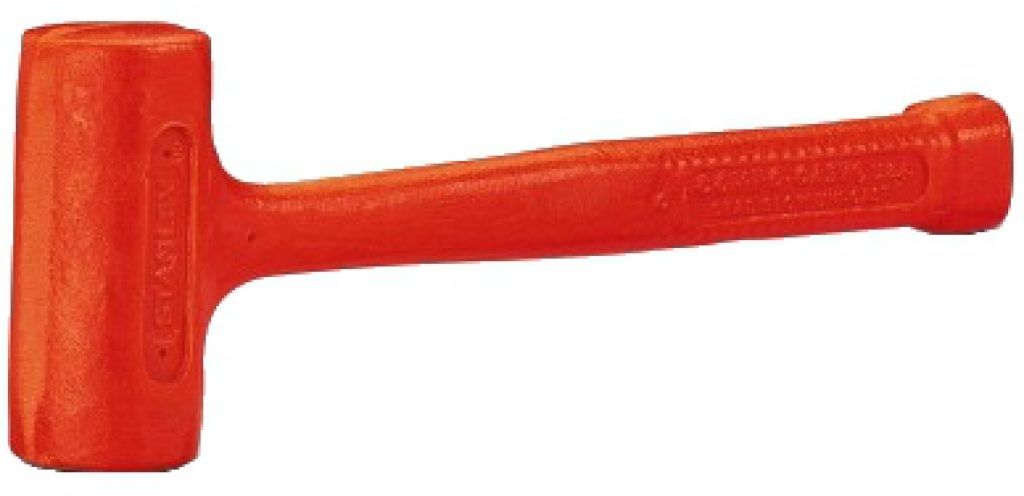
This is a competent combination of compact size and versatility. A hammer that allows you to strike without rebounding. The base is made of durable metal, which is completely covered with durable rubber. That is, the entire functional part of this tool is made of solid rubber, so it can be used with maximum loads without harming your hands. Rubber completely absorbs all vibrations, which makes such a hammer look a little better than the standard one.However, it has its own limit, exceeding which in terms of impact force will leave marks on the rubber coating. This type of carpenter's hammer weighs only 280 grams, which is great for those who get tired quickly while working. Also, such a tool is widely used in educational institutions at labor lessons for boys. The overall height is only 225 millimeters, which makes storage easy. Since the entire tool is covered with rubber, it boasts an incredible system for dampening all vibrations. Unfortunately, it is not suitable for increased loads. The average price is 2700 rubles.
- Rubber;
- Vibration damping;
- Light.
- Has clear load indicators;
- Not recommended for use at low temperatures.
Hammer without rebound Stanley Soft Face Compocas 1-57-532
votes 0
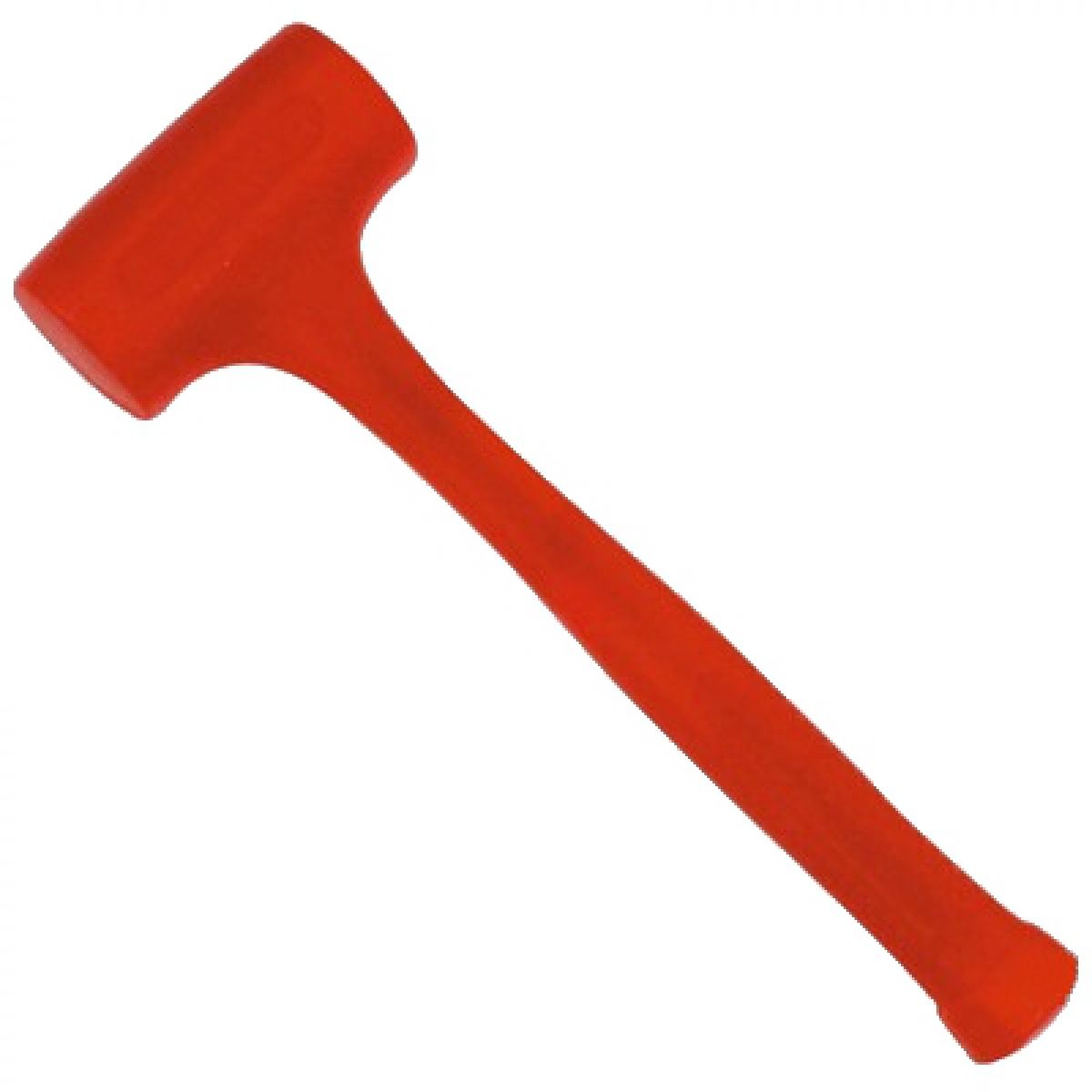
If we are talking about hammers without rebound, then consider another option. It copies the capabilities of the previous tool in almost everything, but in addition it has some increased characteristics. In particular, this is the density of the rubber coating, which is increased several times and the weight of the tool. Thanks to this, it can be used in heavy work. The weight is only 590 grams, but this is enough to drive large nails into a solid board.
The vibration dampening system has not disappeared anywhere. In this version, the rubber is slightly thicker, which is why the hands do not feel any recoil during the impact. It is also slightly larger in size, especially in the total length added a few centimeters. Most often used by employees of construction companies that specialize in work in densely populated areas, institutions with a large number of people.This minimizes the number of accidents during work. The price for this tool is only 3000 rubles.
- Perfect vibration damping;
- No rebound;
- Safe.
- The ergonomics of the handle are missing;
- Vulnerable to temperatures.
Hammer Stanley Bluestrike Curve Claw 1-51-488
votes 0
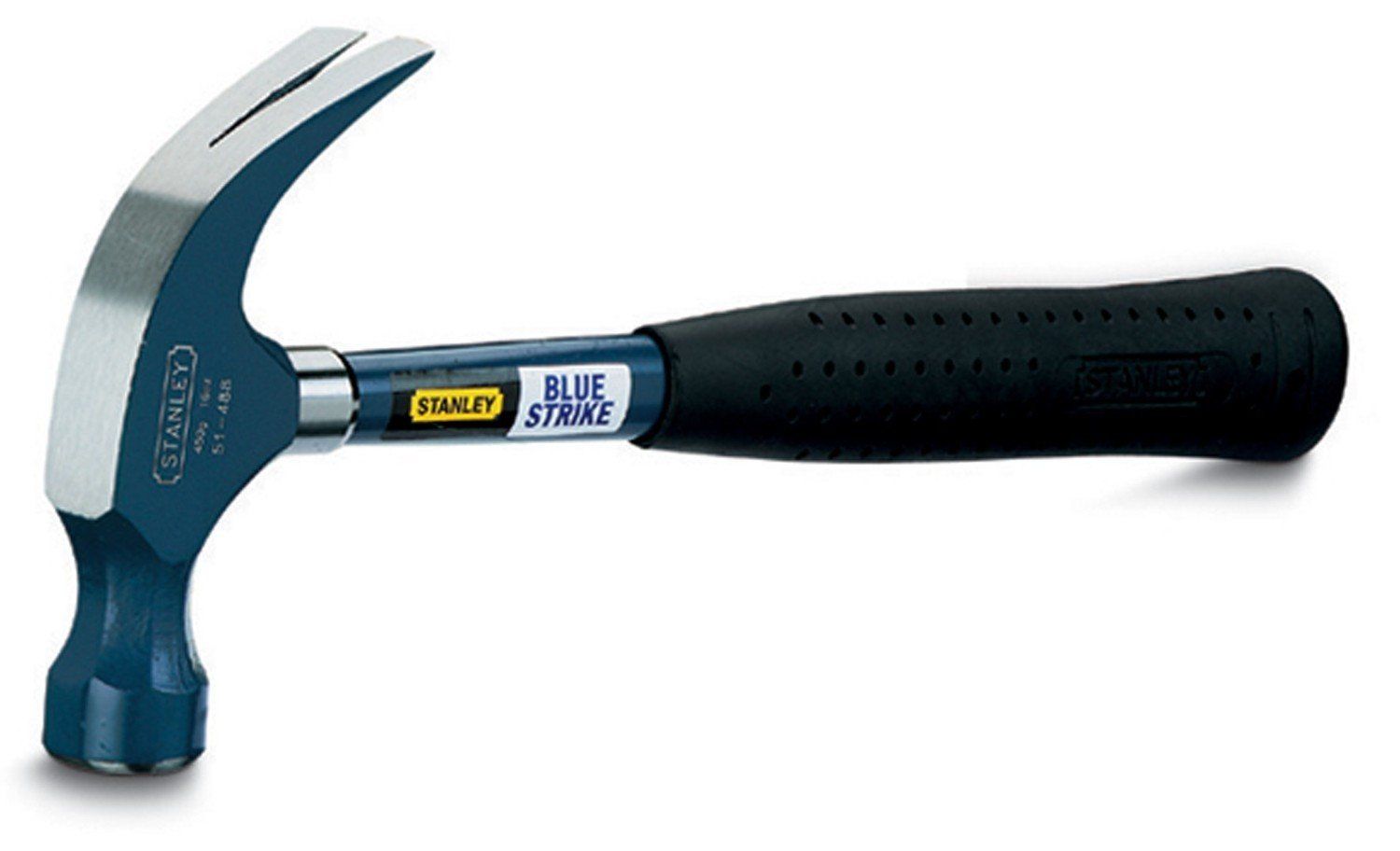
Now let's start considering medium options that can serve perfectly as a universal remedy at home. This hammer is much more functional than the models described above. The striker is made of forged steel. The carpenter's hammer is 32 centimeters long, the handle is long enough to reduce some of the vibration from recoil during blows. Its weight is only 450 grams. The peculiarity of this option is to cover the working area, that is, a flat striker. It is oxidized and therefore is not afraid of long-term influences from other substances, including water. The average cost is 1500 rubles.
- Light;
- Comfortable;
- Cheap.
- There is no system for complete damping of vibrations;
- There is no ergonomics on the handle.
Sledgehammer Stanley FatMax head weight 3628 g with vibration damping length 90 cm
votes 0
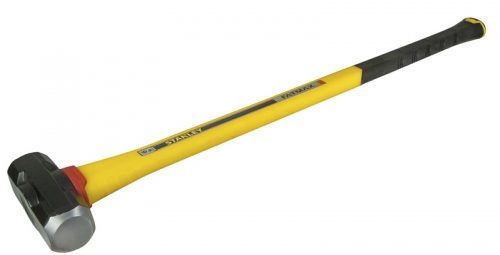
The first heavyweight on the list. This sledgehammer is used in the most difficult works, in particular, the dismantling of buildings, roads. In construction and other areas, such tools are used to prepare materials for the foundation, split granite stone, and so on. The length of the handle is 900mm and the weight is an impressive 3628g. There is a unique vibration dampening design, and we must not forget the ergonomic handle design system. A great option for companies and construction firms.On average, the cost of such a tool will be about 6,000 rubles.
- Universal;
- Vibration damping;
- Ergonomics of the handle.
- Heavy;
- No work area coverage.
Hammer Stanley Yellow Fiberglass Curve Claw 1-51-112
votes 0
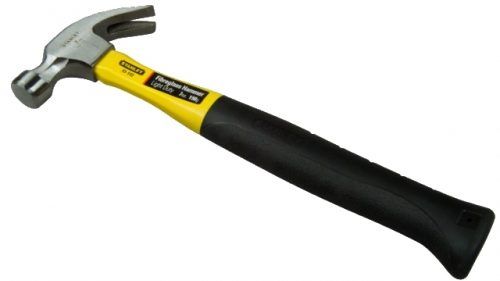
This simple and cheap option will cost 1000 rubles. However, it also has contradictory properties. First of all, this concerns its incredible lightness, only 200 grams. Often this is not enough to reach a full-fledged hammer. But because of the reduction of the handle, everything comes out. This option will serve well for the simplest tasks - to hammer in a nail, or to remove it. Despite its apparent simplicity, there is a vibration dampening system, but due to its fragile size, its presence is not of particular importance.
- Light;
- Lasting;
- It dampens vibrations.
- Not suitable for heavy tasks;
- Tiny in size.
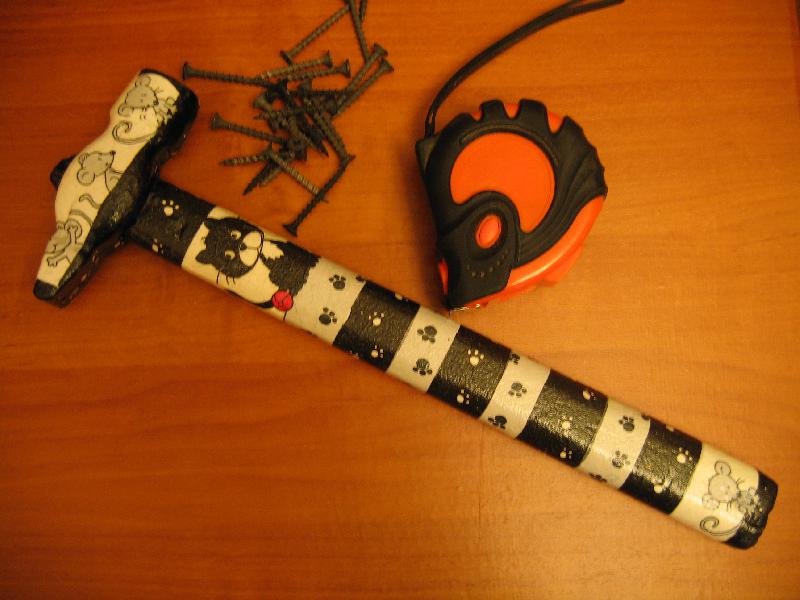
A hammer should be in the arsenal of every owner, but which one to choose from the variety, one of those presented in the rating or another model, should be decided based on the planned scope of work, their nature and frequency.
new entries
Categories
Useful
Popular Articles
-

Top ranking of the best and cheapest scooters up to 50cc in 2022
Views: 131651 -

Rating of the best soundproofing materials for an apartment in 2022
Views: 127690 -

Rating of cheap analogues of expensive medicines for flu and colds for 2022
Views: 124519 -

The best men's sneakers in 2022
Views: 124033 -

The Best Complex Vitamins in 2022
Views: 121939 -

Top ranking of the best smartwatches 2022 - price-quality ratio
Views: 114980 -

The best paint for gray hair - top rating 2022
Views: 113395 -

Ranking of the best wood paints for interior work in 2022
Views: 110318 -

Rating of the best spinning reels in 2022
Views: 105329 -

Ranking of the best sex dolls for men for 2022
Views: 104366 -

Ranking of the best action cameras from China in 2022
Views: 102216 -

The most effective calcium preparations for adults and children in 2022
Views: 102011

